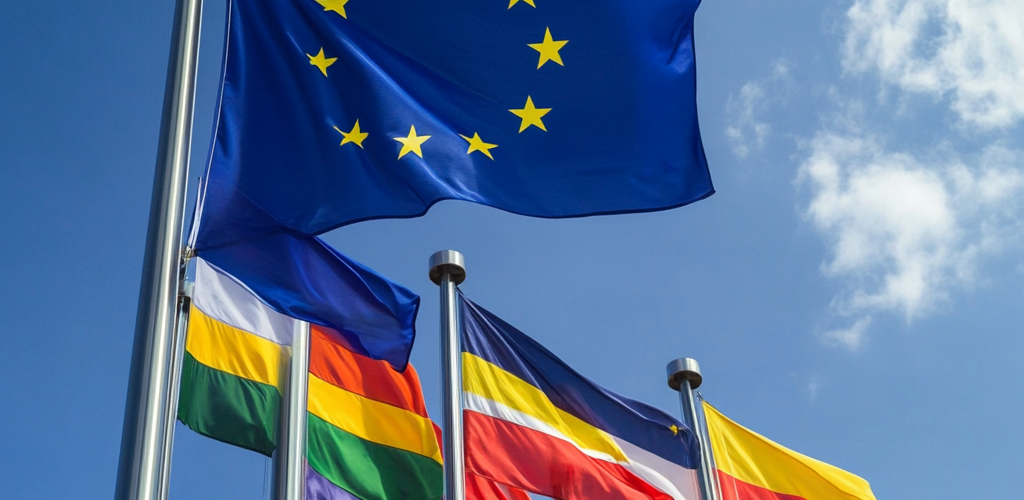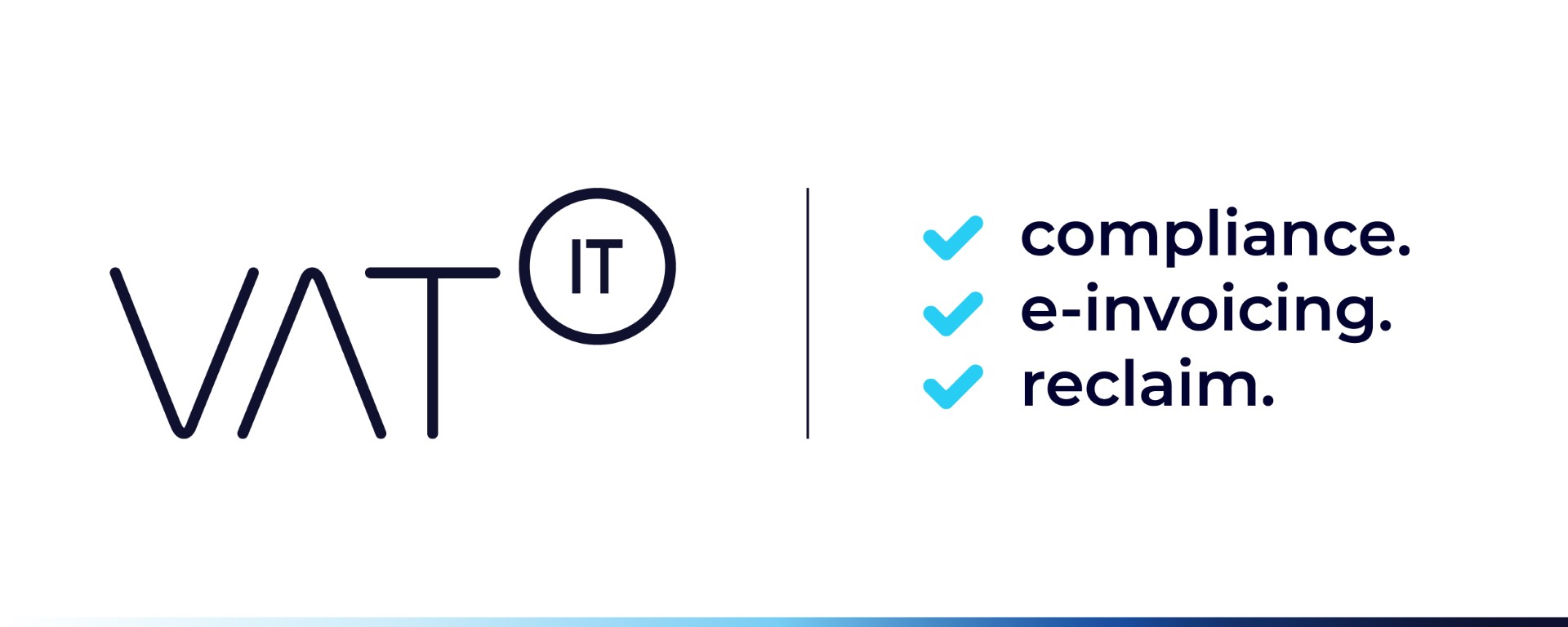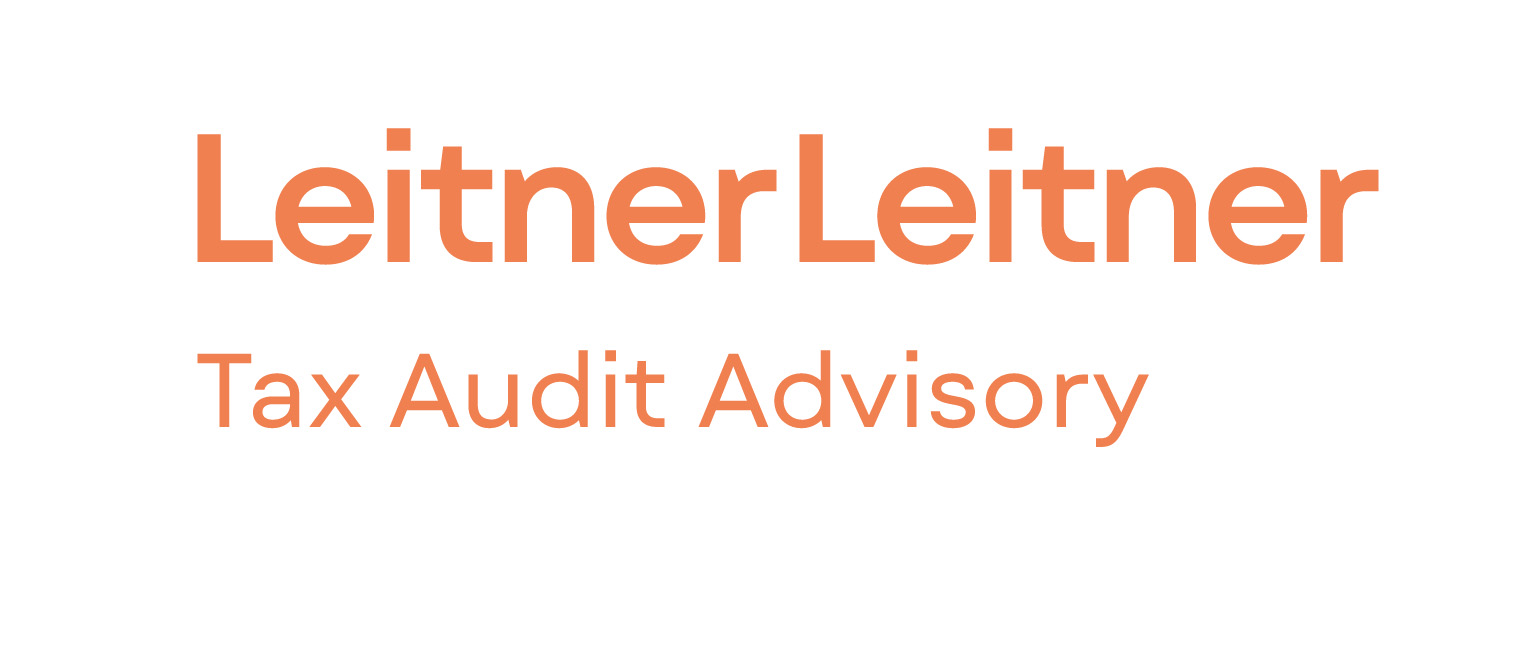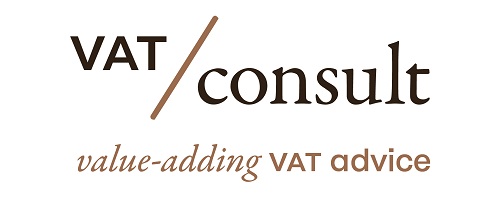1. VAT Depends on Customer Location
- VAT for digital goods is based on where your customer lives—not where your business operates. Sellers must charge the correct local VAT rate for each buyer, especially in B2C transactions across borders.
2. Registration, Rates & Records Matter
- Online sellers must register for VAT where required, apply accurate VAT rates, and issue compliant invoices. Using tools to verify customer location and automate invoicing helps avoid costly errors and penalties.
⚙️ 3. Stay Updated & Use Smart Tools
- VAT laws change frequently, especially in the EU. Automating compliance with software that tracks rate changes, supports multi-country registration, and stores records securely is key to scaling safely.
Source 1stopvat
Latest Posts in "European Union"
- Ecofin report on EU VAT reforms
- Roadtrip through ECJ cases: Focus on Promotional activities/Discounts (Art. 79, 87, 90(1))
- Comments on ECJ case C-234/24 (Brose Prievidza): No VAT Exemption for Tooling Without Physical Movement
- Roadtrip through ECJ Cases – Focus on “Liability to pay VAT – Jointly and severally liability of the payment of VAT” (Art. 205)
- ECJ Customs – C-488/24 (Kigas) – AG Opinion – Traders must inform consumers about customs duties before contracts














